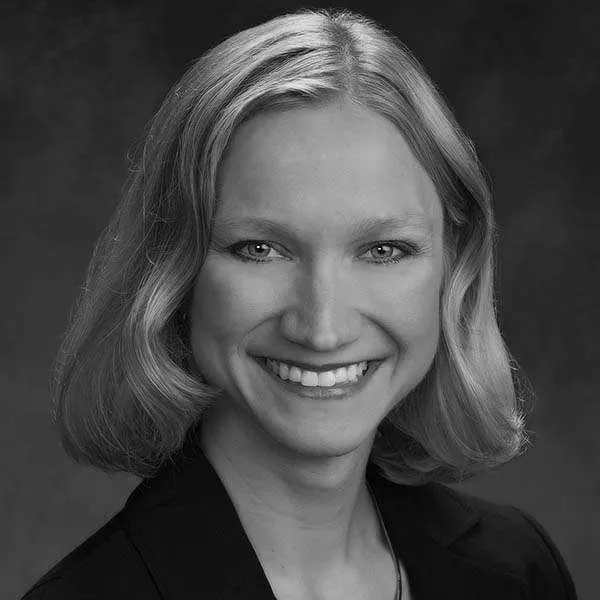Technology has come a long way in the past 200 years. The telegraph was invented in 1837 and made rapid long range communication possible. Messages could be sent around the world through a series of connected wires. The telegraph had medical applications in the Civil War. It was used to order medical supplies and report information about injuries and casualties to medical teams. This was cutting edge technology at the time, but it now is considered an obsolete method of communication.
Alexander Graham Bell patented the telephone in 1876. By 1900 there were nearly 600,000 telephones in use. At the end of 1910 there were over 5.8 million active telephones. The telephone was seen as a tool to connect doctors and patients together over a distance. A report in The Lancet Journal from 1879 described how a doctor could use the telephone to listen to a baby’s cough and diagnose croup.
In 1924 The Radio News Magazine predicted a two way video encounter with a “radio doctor” using a television-like device. In 1959 the University of Nebraska became the first place to use two-way video communications for telemedicine applications. This was done using closed circuit television to connect medical students at the main campus in Omaha with patients at the Norfolk State Hospital 112 miles away. However, Telemedicine as we know it today did not get its start until the 1970’s.
Telemedicine can also be used to send radiology images remotely to radiologists who can be in a different state or even a different country. With the improvement of cellular technology, EKGs can be sent from the back of an ambulance to the hospital. So before a patient even sets foot inside the door of the hospital, the Emergency Room doctors and Cardiologists can be prepared. This can not only save time, but can save lives when someone is having a heart attack.
With the COVID 19 pandemic, there was an increased push to use telemedicine for virtual visits in the clinic setting. Telemedicine has also been used when patient transfer from smaller hospitals to larger tertiary care centers is not possible or when dangerous winter driving conditions make transfers unsafe. This technology helps bridge the gap in medical care between rural areas without specialists and urban medical centers.
The jump from telegraphs to telemedicine with virtual visits is a big one. I can only imagine what the next 200 years of technological advancements will bring to how we deliver health care. No matter how we interact, there will always be a doctor ready to connect and help you, stay healthy out there.
Jill Kruse, D.O. is part of The Prairie Doc® team of physicians and currently practices as a hospitalist in Brookings, South Dakota. Follow The Prairie Doc® at www.prairiedoc.org and on Facebook and Instagram featuring On Call with the Prairie Doc®, a medical Q&A show providing health information based on science, built on trust, streaming live on Facebook most Thursdays at 7 p.m. central.



